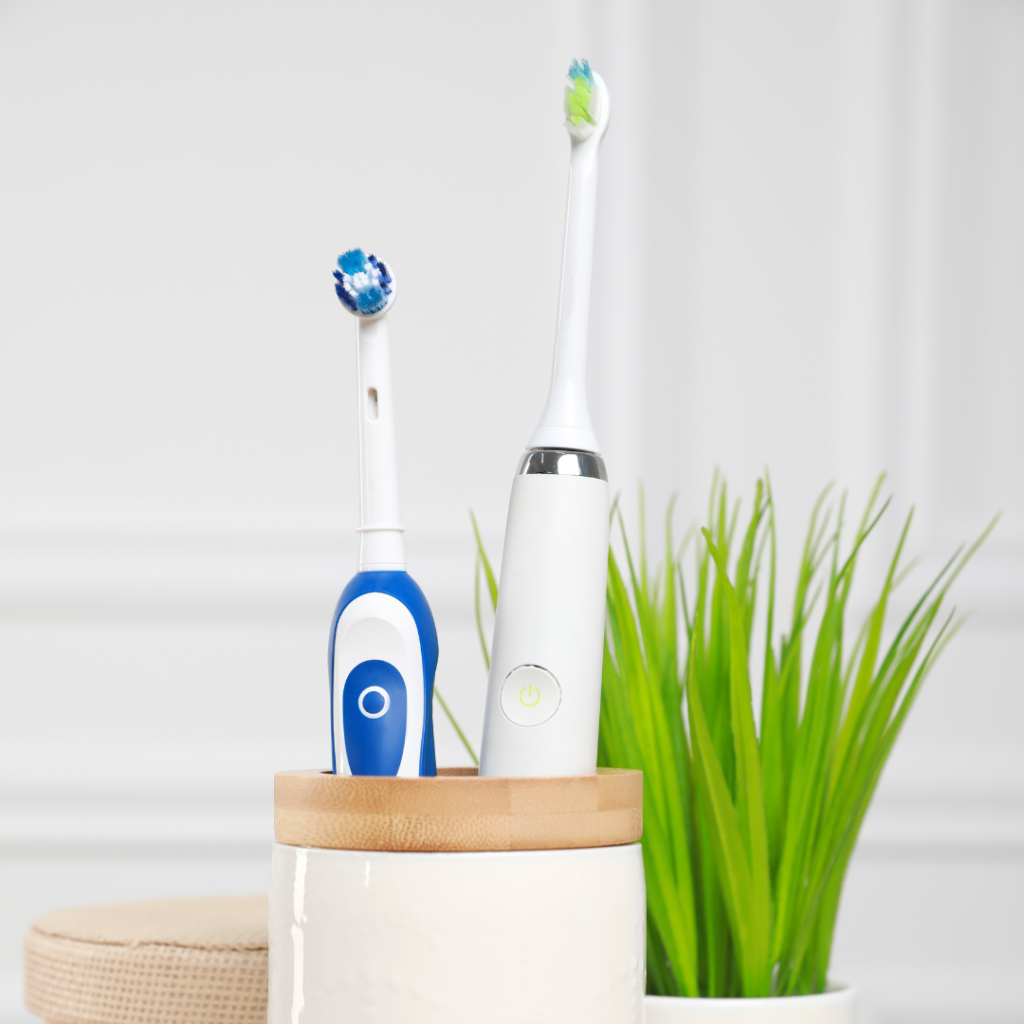Learn How to Use an Electric Toothbrush
Introduction
Over the past few years, electric toothbrushes have become increasingly popular, and many dentists often recommend them to patients, especially those who have dexterity problems. While the use of an electric toothbrush might seem daunting at first, it is quite simple to use once you get the hang of it. If you’re considering trading in your manual toothbrush or have already invested in an electric toothbrush, this blog post will provide steps on how to use an electric toothbrush effectively for a healthier and brighter smile.
Step 1: Choose the Right Electric Toothbrush
Before delving into how to use an electric toothbrush, let’s differentiate between a few of the various technologies of power toothbrushes. By understanding the varying characteristics, you will be able to decide which type would be right for you and your needs.
Rotary Oscillating:
These toothbrushes typically have small, round brush heads designed to encompass a single tooth. The bristles of these electric toothbrushes rotate in a back-and-forth motion. The rotary oscillating feature is characteristic of brands like Oral-B.
Sonic Toothbrushes:
Sonic toothbrushes produce an audible (to humans) high-frequency vibration that moves bristles from side to side at high speed. Philips Sonicare is a popular brand that manufactures sonic toothbrushes.
Ultrasonic Toothbrushes:
According to an article published in the Journal of Oral Hygiene and Health, “most over-the-counter electronic toothbrushes, called ultrasonic toothbrushes, emit ultrasound plus sonic waves.” Additionally, the article further differentiates between ultrasound and sonic technology by stating that “ultrasound has an imperceptible vibration, while sonic waves have a perceivable vibration and audible sound.” Furthermore, according to another article published by Dentistry Journal, ultrasonic toothbrushes use even higher frequencies (from 20 kHz up to 10 MHz) of vibration to remove plaque and food debris than their sonic competitors.
Oral Hygiene Considerations:
When it comes to maintaining good oral health, there are many variable factors; it’s not just about selecting the right toothbrush. Some of these factors could include, but are not limited to, genetics, the presence of oral and systemic diseases, salivary flow, the amount of time spent brushing, an individual’s flossing habits, the use of adjunctive oral hygiene products and equipment (e.g., mouthwash or WaterPik), and the frequency of professional dental examinations and treatment. While this discussion is beyond the scope of this article, I would be remiss not to mention that regular visits with the dental hygienist and dentist play an important role in learning how to properly maintain oral hygiene, including how to correctly brush and floss.
Step 2: Apply Toothpaste
Squeeze a pea-sized amount of toothpaste onto the bristles of your electric toothbrush. Using extra toothpaste does not provide any added benefit.
Step 3: Wet the Brush Head
Before turning on your electric toothbrush, wet the toothpaste-laden bristles with a little tap water. This helps to evenly distribute the toothpaste.
Step 4: Brushing Technique (How to Brush With an Electric Toothbrush)
Hold your electric toothbrush at a 45-degree angle to your gumline, similar to how you would with a manual toothbrush. This position ensures that plaque and bacteria can be removed from the tooth and the gumline.
Step 5: Turn On
To avoid splashing, align the toothbrush in the proper position on the tooth, and then turn it on. Be sure to double check the toothbrush’s manufacturer’s guidelines to confirm this protocol.
Step 6: Clean Each Quadrant
Focus on one quadrant at a time: upper left, upper right, lower left, and lower right. Spend 30 seconds per quadrant and brush for a total of two minutes to ensure a thorough clean. Keep in mind that most electric toothbrushes have a timer that alerts you when it’s time to move from one quadrant to the next.
Step 7: Brush All Surfaces
While focusing on one quadrant at a time and maintaining the 45-degree angle, gently advance the brush head from one tooth to the next. Make sure to brush the outer, inner, and chewing surfaces of your teeth. Do not exert excessive pressure. Allow the brush head to do the work. Keep in mind that many modern models have built-in technology to alert you when you are brushing too hard.
Step 8: Brush Your Tongue
Certain electric toothbrushes have specific settings for cleaning your tongue. When these options are accessible, use them. If not, you can supplement your oral care with the use of a tongue scraper.
Step 9: Rinse and Clean
After brushing, turn off the toothbrush and rinse it thoroughly. Spit out the excess toothpaste, and do not rinse after brushing. (Note: The topic of whether or not to rinse your mouth after brushing is debatable and a topic for another discussion.)
Step 10: Charge and Store
Place your electric toothbrush back on its charging station to ensure it’s ready for your next use. Keep it in a clean, dry place, and don’t forget to replace the brush head every three to four months. If you must use a toothbrush cover, look for ones with drain holes or cutouts that let air flow through and keep water from building up at the base of the cover.
Conclusion
Using an electric toothbrush can demystify brushing and make it more efficient and enjoyable. Hopefully, these simple steps have inspired you to develop a consistent brushing schedule and oral care regimen. Also, remember that establishing care at your dental office plays a key role in helping you achieve your oral health goals and a healthier smile. So, activate your toothbrush and enjoy the benefits of modern dental technology!
How to brush with Sonicare
How to Brush with Oral B
References
- Takenouchi A, Matsukubo T, Matsukubo MS, Satoho Y, Arai H, et al. (2016) Effects of Ultrasound and Sonic Toothbrushes on Oral Hygiene Status. J Oral Hyg Health 4: 208. doi:10.4172/2332-0702.1000208
- Digel I, Kern I, Geenen EM, Akimbekov N. Dental Plaque Removal by Ultrasonic Toothbrushes. Dent J (Basel). 2020 Mar 23;8(1):28. doi: 10.3390/dj8010028. PMID: 32210213; PMCID: PMC7175112.
